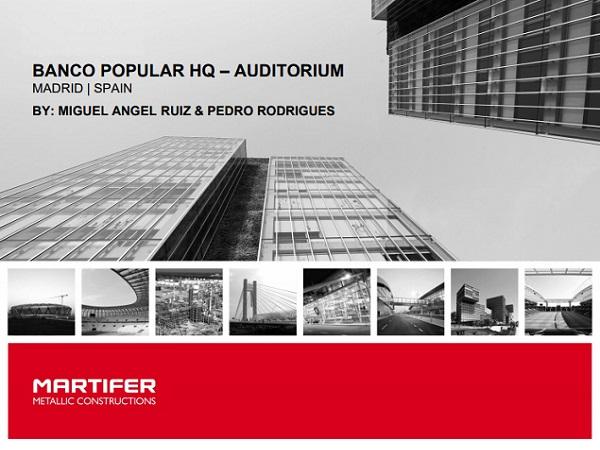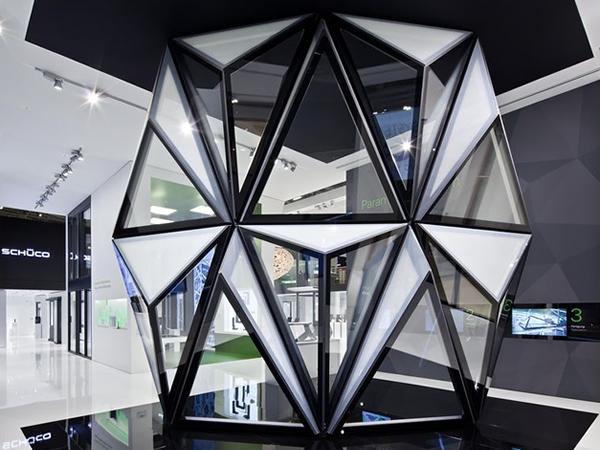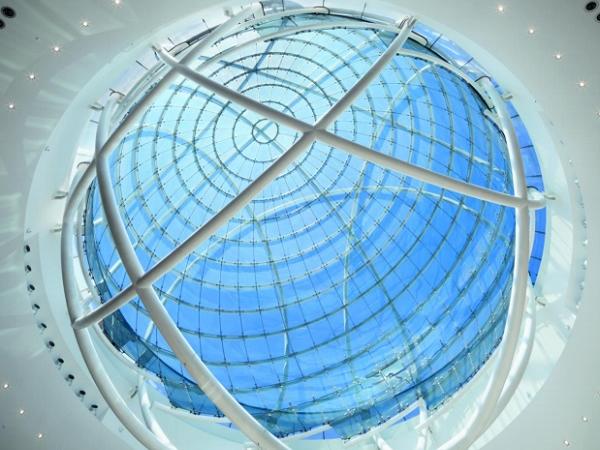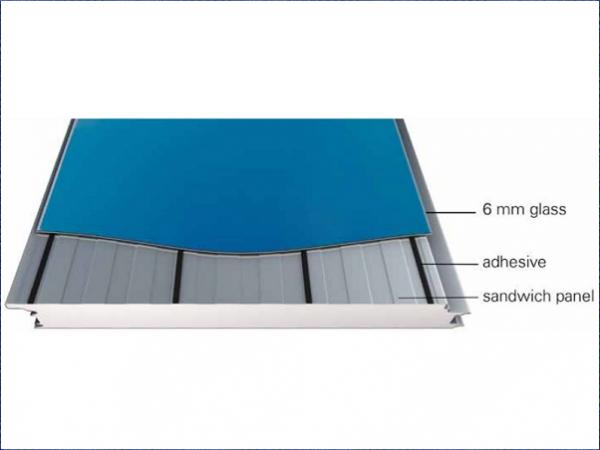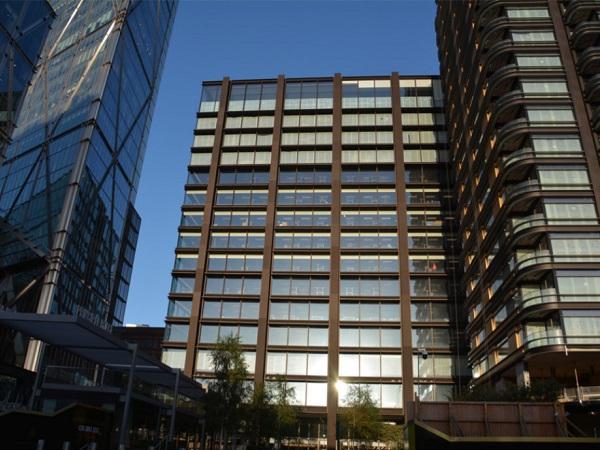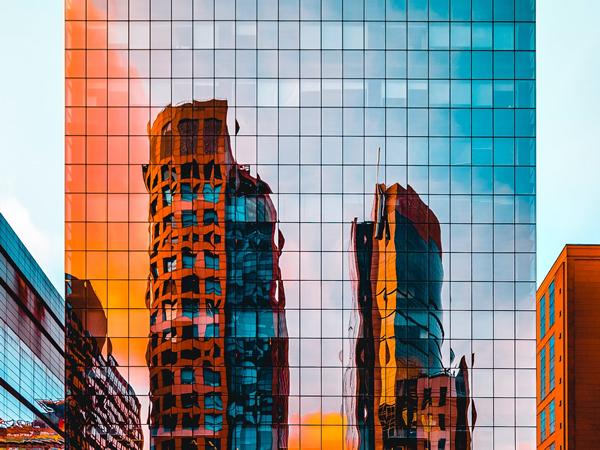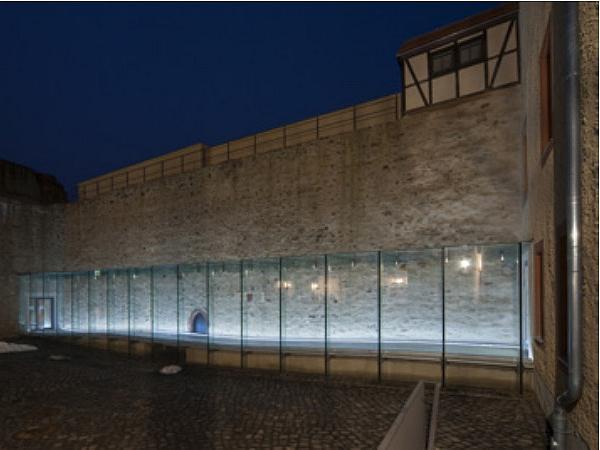Others also read
| Façade transparency is becoming an increasingly significant design factor for both client and architect, which has aesthetic and comfort implications.
| Insulating glass has been used around the world in applications ranging from family homes to high-scale construction.
| This document refers to a small explanation of the Auditorium execution process from the design and development of the technical solution, testing, manufacturing, to its final execution.
| For over two decades and following a century of efficient, functional and often orthogonal architecture, we are experiencing the extensive search for ever more complex building geometries and expressive architectural forms.
| New Technical Document (TD) reviews glass surface decontamination—and what makes glass ideal for physical separation and other applications.
| A Growing Market to Meet Present and Future Challenges
| As a modern society, we’re spending about 90% of our time indoors – at home, in offices or commuting. How is it possible to get access to daylight, when we can’t naturally be outside? By making buildings more transparent.
| The paper will provide an overview of the currently applied engineering approach in the industry for curved hot bent glass in the absence of standards and codes.
| Glass-Sandwich-Facades are not conceived with new materials but are a new and innovative combination of proven components and technology – glass, structural adhesive, sandwich panels and window systems.
| New solutions for edge-enameling of sputter coatings. System TEA is a specific ceramic paint application, jointly developed with the enamel manufacturer Ferro, for the combination with Guardian sputter-coated architectural glass.
| The paper discusses some essential findings of two recent research studies on the durability and service life of structural silicone glazing sealants and structures.
| A pedestrian glass bridge, located at the TU Delft campus site, is being designed by the TU Delft Glass & Transparency Group.
| In the last decade there has been a trend in Architecture to design façades in which all structural elements are made of glass. This trend has also extended to other parts of the building such as rooflights, staircases, etc.
| 111 Main presented a unique challenge of façade design.
| This paper aims to answer a simple and elemental question: how do we qualify and quantify thermal comfort in highly glazed spaces with diverse occupants’ use and expectation?
| The combination of the double-skin concept with unitized systems made current typologies of double glazed units possible.
| The need for higher transparency in façades has led to the development of jumbosized glass. Until now, the almost jointless appearance of large-scale glazing could only be reached with laminated safety glass.
| Façades play an important role in the control of energy flow and energy consumption in buildings.
| Numerous innovations have been seen in the last decades concerning new façade technologies. These were driven by new materials or new applications of known materials, such as glued-on wall structures (structural glazing) in the 60’s and 70’s.
| It is estimated that 100 million to 1 billion birds a year perish due to collisions with glass.(1-2) In North America, some communities have enacted legislation aimed at protecting birds by calling for the design and installation of birdsafe glazing.
| Glass distortions may cause objects to appear irregular and out of focus when observed through a distorted glass panel.
| Adhesive bonding is an efficient joining process with great potential for materialefficient constructions. Today, the technology is already applied in almost all branches of industry.
| Modern architecture continues to produce ever more attractive and higher quality façade constructions.
| The aim of this paper is to show that it is possible to reduce costs while maintaining clear architectural, constructive and structural concepts.



